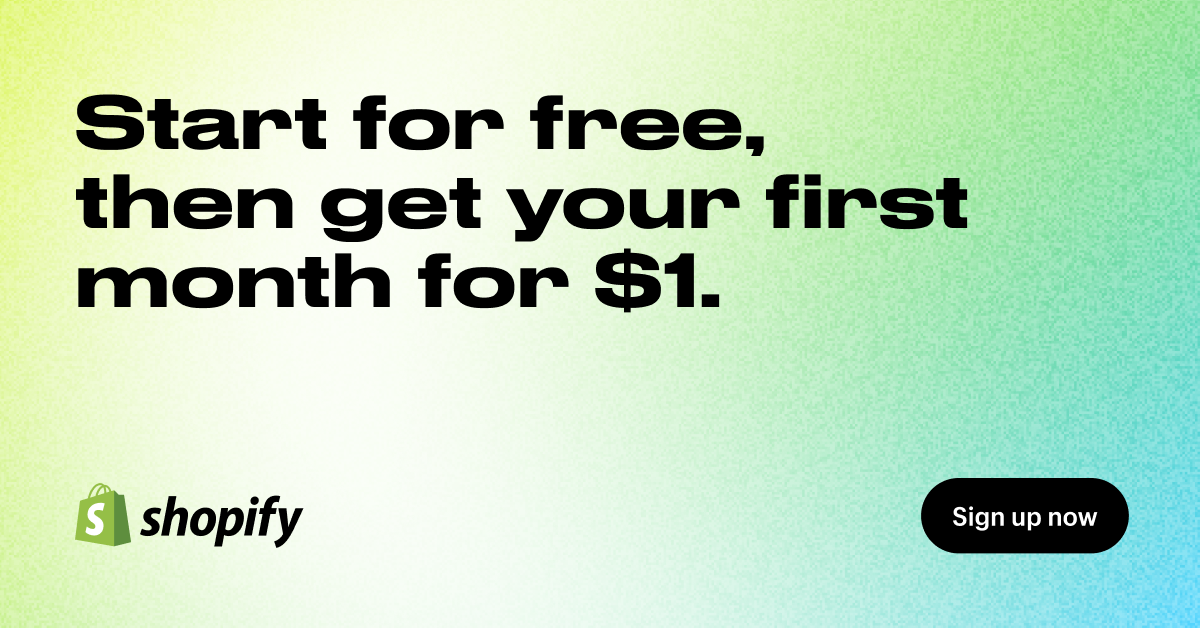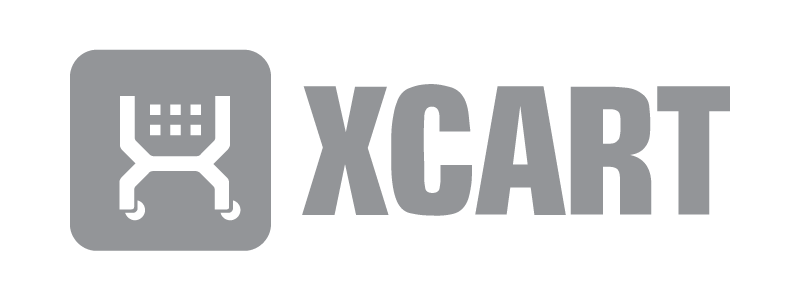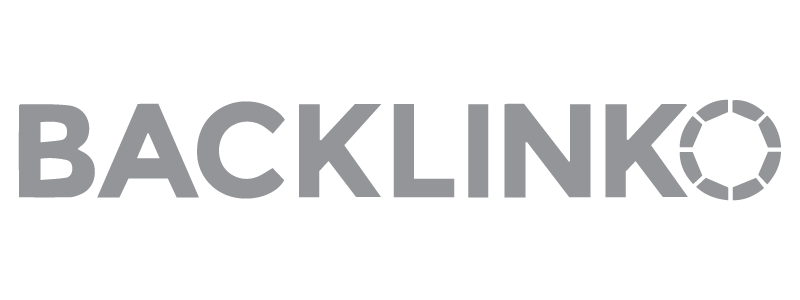Shopify is one of the most popular ecommerce platforms and dropshipping is a common business model.
It’s easy for people who want to start an ecommerce business to get into Shopify dropshipping because there’s no need to produce products, carry an inventory, or handle fulfillment, making it a low-cost way to sell products.

But why should you (or shouldn’t you) use Shopify for your dropshipping business? We’ll look at what dropshipping is, what Shopify offers, and how to decide whether Shopify dropshipping is right for you.
Dropshipping Explained
The dropshipping business model enables you to build a brand and earn revenue without ever needing to manufacture, store, or ship anything to your customers. You connect with suppliers who will send the products directly to your end customer, and the customer never knows it came from somewhere else. Thanks to automation, a customer can place an order and it gets sent directly to the vendor for fulfillment.
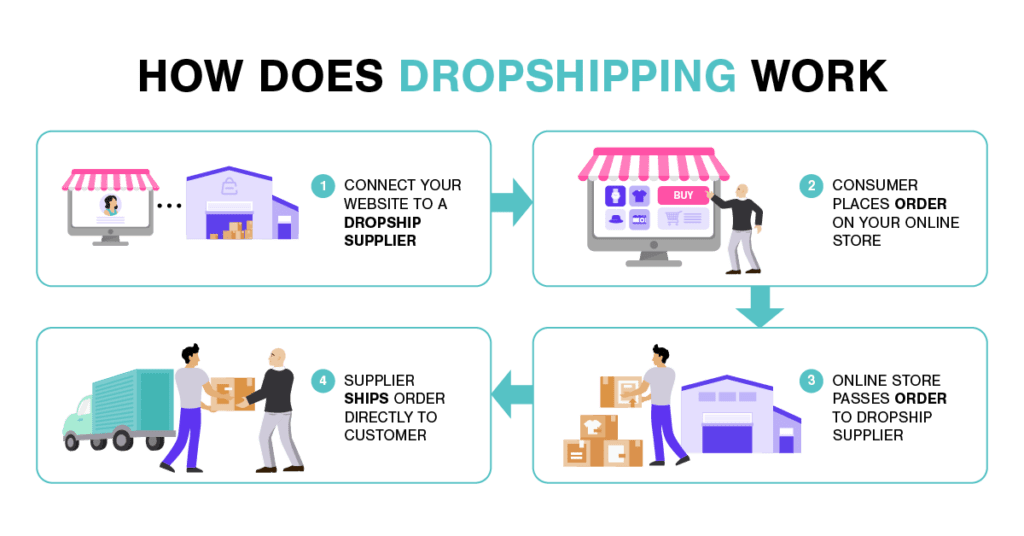
You earn a profit because you charge your customers more than what you pay the vendor. Because you don’t have the cost of manufacturing, warehousing, and fulfillment, you don’t have a lot of start-up capital.
However, because you don’t have control over those factors of your business, you also don’t have a lot of room in your profit margins. Without sales volume, you may struggle. The most successful dropshipping businesses are built on a solid brand.
What is Shopify Dropshipping?
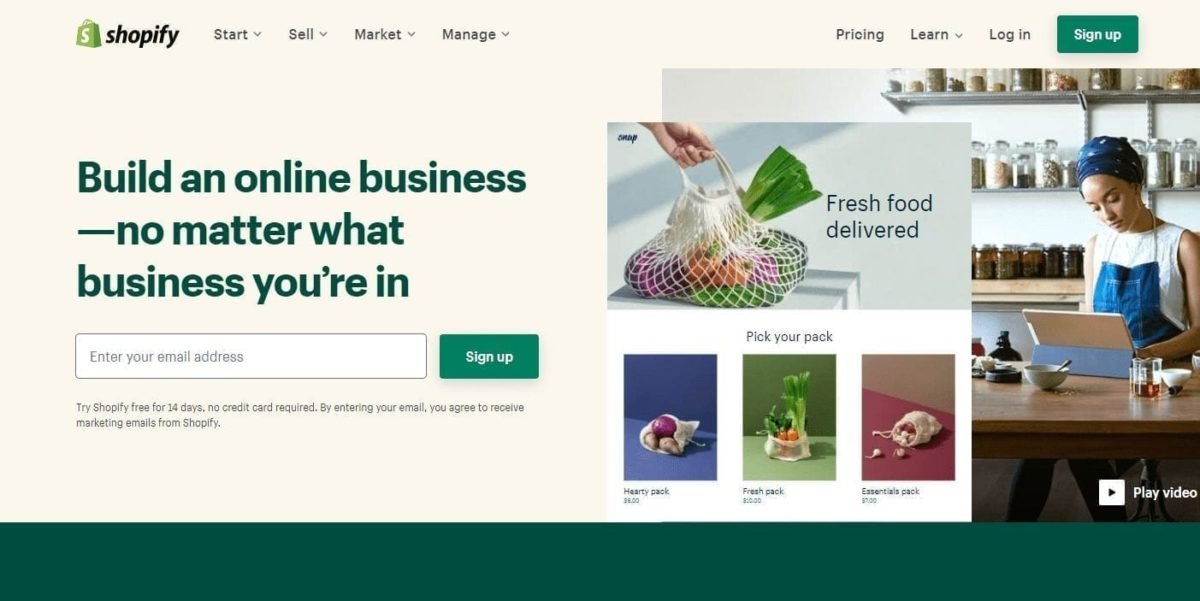
Shopify is a hosted ecommerce platform that makes it easy for anyone to build an online store. It requires no knowledge of coding or technology to build a fully functional store, regardless of which business model you choose. It can even be used in brick-and-mortar stores with point-of-sale support. When you sign up for an account, you can try Shopify free for 14 days, no credit card required, so you can test it out for yourself before you commit to it.
Popular Shopify Dropshipping stores include:
How To Dropship On Shopify
Shopify is a leading ecommerce platform for online business owners. Shopify is one of the best platforms to use when you start a dropshipping business. Why? It’s user friendly and supports the largest variety of dropship supplier integrations. That makes it easy to get the products you’re looking for from top-quality dropship suppliers. But that’s the easy part. Whether you start a dropshipping business on Shopify or another platform, you’ve got a lot of work to do.
Choose Your Niche
To be successful with any ecommerce business, you must conduct market research to choose your niche. You need to treat this business the same way you would treat opening a retail store. Look into product and market trends and competitors. Make your choices based on data – not your gut. You want something that can be profitable.
To be profitable, you need products that have 40% to 70% margins, though the higher, the better. After you deduct things like the cost of doing business, marketing, and shipping fees, if you work with products that have less of a margin than that, you risk not turning a profit. And who wants to be in the business of losing money?
It may seem smart to go with a broad range of products because a broad range gives you access to a wider customer base. But a wide customer base opens you up to more competition. That’s why many dropshipping businesses focus on niche products, like:
- Phone cases
- Camping gear
- Pet products
- Gaming accessories
Don’t like the idea of jumping into these markets? Not sure where to start? That’s okay! We’ve got plenty of resources available to help you with all aspects of the process. Check out:
- 21 Product Research Tips to Uncover Legit Ecommerce Market Opportunities
- 15+ Niche Commerce Business Ideas Proven to Work
- 125+ Print on Demand Products to Drop Ship
Use this material as a starting point to help guide you. Resist the temptation to pick a niche or find products to sell from the list above and run with it. Do your homework first!
Once you know what niche you want to go into, research the competition. Create a spreadsheet where you can organize all your findings.
How?
Step One: Basic Google Search
Start with a quick Google search to see the top players in the market. Look at things beyond the products they offer, paying special attention to the way they promote their products, their social media channels and following, etc.
Step Two: Determine Online Presence and Strategy
Next, do a deep dive into their online presence. With tools like Alexa and Similar Web, you can see information about their website, including how many visitors their site gets, their top traffic sources, and who their competition is.
Step Three: Social Media Research
Search social media in your niche to get information on how top brands market themselves. Visit platforms like Instagram, Facebook, and Twitter and pay attention to their brand messaging, how the feed is designed, and the kind of engagement they get. Do most of the engagement come from posts that follow a theme?
Visit the Facebook Ads library and do some searches for those brands. What kinds of things are they advertising? Note how those ads communicate with potential customers and how they’re designed.
Step Four: Email Marketing Research
And finally, subscribe to your competition’s email marketing newsletters. This gives you an inside look at how they’re doing things, while also keeping you up-to-date on what they’re doing.
Step Five: Gathering Additional Intel
The more you know about your competition, the better. Beyond their website URL, it’s important to note the reputation they have (review sites can help with this), product descriptions, pricing, etc. If you notice that one of the top competitors uses generic descriptions from the manufacturer, you can use this to your advantage. By writing quality descriptions that are different, but useful, you can stand out.
Tracking everything in your spreadsheet will make it easier when you decide on the tactics you’ll use to market the business. When it’s time to build out your email list, you’ll have a quick reference to what the competition’s doing and how they’re doing it.
Find A Dropship Supplier
At this point, you’re ready to find a dropshipping supplier or two to work with. There are plenty of places to source products, but the key is to make sure you work with a supply that doesn’t just provide high-quality dropshipping products – but one that ships orders in a timely manner. Shipping times are getting longer all around, regardless of what shipping company handles the packages.
To make it easier for you, we’ve put together a list of the Best Dropshipping Companies for Every Niche.
As you look through companies to work with, consider:
Location
Many suppliers are located outside of the United States. While that often means you can get product to sell for a cheaper price, it also means longer wait times for the product to arrive at your customer’s delivery address.
When you work with overseas suppliers, there’s also the added element of a language barrier that could add to the confusion in the event of issues with product orders.
Product Quality
With dropshipping products, quality makes a huge difference. That’s why it’s important to order samples before you start a dropshipping business. If you charge premium prices for a poor-quality product, you’ll set your brand up for a poor reputation.
Pricing
Pricing is crucial. If your profit margins aren’t high enough, you won’t earn a profit. But you don’t want to pay more than you need to, either. That said, you’ll pay more for the same product from a U.S. provider than you would from an overseas vendor, simply because the cost of doing business is higher.
The key is to find a balance – if you pay more for a product, make sure it’s an even value exchange. Not only should it be something you can command a higher price point for, but it should come from a supplier that has an excellent reputation for taking care of their customers.
Supplier Reputation
Look at user reviews of suppliers. When you meet with suppliers, ask for references from their current and past customers. Contact the references and see what they have to say about their experiences. Another dropshipping business can help you decide whether to work with a particular company.
Things to watch for as you vet potential partners:
- Ongoing or monthly fees: This may show you’re not dealing with a single company, but a directory, which means you may not have consistency.
- Minimum order sizes: If the company has a minimum order size, it will not work for you if you have to pay for everything upfront, since this is best suited for a wholesale business model. However, for dropshipping products, if there’s a 200 minimum order size, the supplier should be flexible enough to charge the fee and fulfill orders as they come in. If they’re not willing to do this, avoid them.
Note: Preorder fees are a normal part of a dropshipping business, so don’t let those scare you away. Those fees may increase based on the size and complexity of an order. If there’s ever a bulk order, you may see them decrease. Avoid working with vendors who charge higher than average preorder fees.
Returns Policies and Processes
Dropshipping is based on structuring your business around a third party. Your end customers never know that someone else is involved in your ecommerce business. That’s why you must be clear on the supplier’s return policies and processes. Knowing what those are will help you shape your own ecommerce store policies. Online stores that don’t offer some kind of return/replacement policy may run into trouble with conversion rates since clear return/replacement policies are a customer trust signal.
Ultimately, you’ll want to conduct research on dropshipping suppliers much the same way you did with your competitive research. The more information you have available, the more educated your decisions can be.
Set Up Your Ecommerce Shopify Store
After you’ve chosen the products to sell online, and you’ve found the dropshipping suppliers you’ll source your products from, it’s time to build your Shopify store, which is the easiest part.
We’re not going to cover setting up your Shopify website in a lot of detail here, because we’ve already done it. If you need a full step-by-step guide, check out: How to Set Up a Shopify Store for Success.
After you sign up for your Shopify free trial, you’ll have a store that’s ready to customize, which can be done fairly easily.
- Connect (or transfer) your custom domain, if you already have one.
- Choose your Shopify theme
- Add your site content
- Add products – descriptions, images, pricing, etc. This can easily be done with a dropshipping app from the Shopify App Store. (More on that in a minute.)
- Set up all your marketing emails
- Set up your payment gateways so customers can pay you.
- Add your credit card information to accept payments. You won’t be charged until the end of your free trial. If you cancel before then, you won’t be charged at all.
After your store is set up, you’re ready to start dropshipping. Want to be sure you don’t miss anything? Our 15-point Shopify Launch Checklist gives you everything you need to be sure your online store gets off to a good start.
The groundwork you lay now is critical. The good news is after you get the system set up and things are moving, maintaining it won’t be a full-time job. Your investment will pay off as a result of how scalable and efficient the system is. Remember, you’re building an online business – an asset you can sell in the future.
Connect Your Shopify Dropshipping App
In the Shopify App Store, you’ll find a variety of dropshipping apps to work with. The one that makes the most sense for you depends on a variety of factors, such as products offered, price, etc. That’s why we’re offering a few options to help you get started. These, of course, aren’t the only dropshipping apps that work with Shopify, so don’t be afraid to explore other solutions.
Oberlo

Shopify owns the dropshipping app Oberlo, so you can count on it to work with your Shopify dropshipping store. It’s a huge directory with millions of products to choose from, so dropshippers can start to sell products the same day, and there’s a free plan available.
No matter what niche market you build your dropshipping store around, you can find products to sell through Oberlo. Each product comes with information about how well it performs, so you can continue to make data-driven decisions about your dropshipping business. Product options include:
- Clothing and accessories
- Jewelry and perfume
- Phone cases and accessories
- Electronics
- Pet products
- Art
- And more…
Once you’ve found high-quality dropship products to sell online, you can add them to your store with one click. You can make edits to the product descriptions as you see fit.
Update May 2022: Oberlo has announced they’re shutting down. You can use Spocket with AliScraper instead.
AliExpress

AliExpress is a popular Chinese marketplace that makes it easy to find dropshipping products for your store. The thing to remember is that it is a B2C marketplace like Amazon or eBay. Not all AliExpress shops offer dropshipping services, you won’t find them on Alibaba, either.
AliExpress gives you access to millions of products. If you want to make sure you have fast shipping for your dropshipping store, search for products that ship from the United States. It may cost you a bit more money, but you won’t be stuck waiting on items to arrive from China.
With the AliExpress app in the Shopify App store, you can easily copy the products from AliExpress, set your pricing, and start earning money.
Modalyst

Modalyst is a supplier network of U.S.-based dropshipping suppliers. If you want to make sure you can offer quick shipping times, then you’ll definitely want to check them out. Modalyst offers a free plan but charges a 5% transaction fee on your sales.
One thing that sets Modalyst apart from other dropshipping apps is that you can find a variety of independent brands to source products from. Many of these brands also use Shopify, but they meet a strict set of requirements before becoming a dropshipping partner.
Spocket
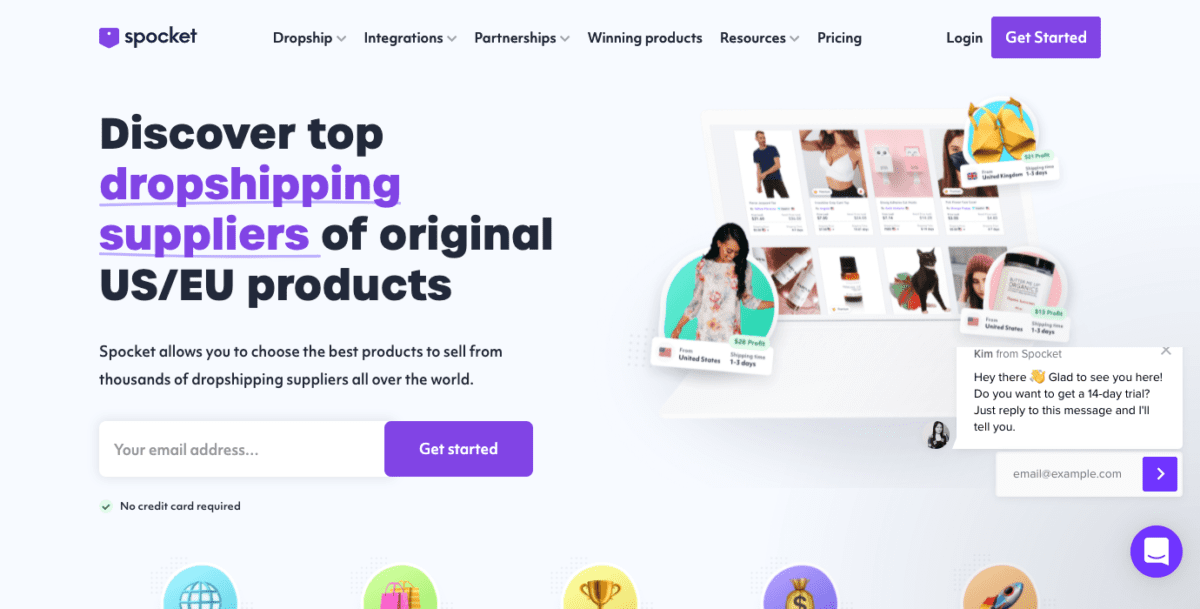
Spocket is a great dropshipping app for people looking for partners in the United States or Europe. Like Oberlo, there’s a free plan available. There’s an extensive catalog of product options to choose from, including:
- Clothing and jewelry
- Bath and body products
- Sports and outdoor items
- Footwear
- Pet products
- And more
Spocket offers wholesale pricing, which gives dropshipping businesses a 30-60% discount compared to retail. This gives you a bit of flexibility with marketing and promotions, while still keeping your profit margins high. Spocket offers customers fast shipping times and branded invoicing, too.
Printful

Printful is a print-on-demand provider that works as a dropshipper. If you want to create a store full of products you’ve designed, but don’t want to carry inventory, then Printful is a good solution. It’s also a great choice if you want to create branded clothing products for your dropshipping store. Many of the products they offer also allow you to pay a bit extra to customize the labeling, so your end customer has no idea the product ever came from Printful.
Printify

Printify is another print-on-demand provider that operates with a dropshipping business model. They have a product offering similar to Printful but work with a network of printers all over the world to produce products.
Printify is free to use so you only pay for the products your customers order. Once your business grows, you can upgrade to a $29/month plan that gives you a 20% discount on all items, to improve your profit margins. It integrates with Shopify in just a few clicks. All you have to do is add the Printify app from the Shopify App Store and enter your Printify account information.
Using Printify, you can offer a variety of products with your own designs, such as:
- Wall art
- Clothing – t-shirts, hoodies, swimwear, hats, etc.
- Coffee mugs
- Beach Towels
- And more.
If you’re not an artist or graphic designer, you can outsource the design creation to someone who is, profiting again and again for years to come.
Marketing Your Shopify Store
Want to improve your marketing strategy? Shopify has a lot of tools to help you build a profitable dropshipping business, but it can’t take care of everything for you. For the greatest chance of success with your Shopify store, keep these things in mind.
Customer Service
Remember, your end customers won’t know anything about the dropshipping suppliers taking care of order fulfillment for you. Because of this, you’ll be in charge of all things customer service-related. And no matter how great your suppliers are, you’ll eventually run into a mistake or two. The best thing you can do is own the mistake. Never blame the third party, and work with the customer to make things right – whether that means offering refunds or replacements.
That said, you don’t have to let the mistakes eat into your profit margin. When you work with reputable suppliers, they will pay to correct their mistakes. That usually means paying for return shipment and replacement, but they won’t cover any upgrades or freebies you’ve offered to customers to smooth things over with them.
Things are a bit different when a supplier continues to make mistakes. If you can’t get the supplier to address the issues, your brand reputation will suffer.
Working with Multiple Suppliers
When you start your dropshipping business, you’re not locked into working with only one supplier. You’re free to source products from as many suppliers as you feel you can manage. Many online stores work with more than one vendor to ensure they don’t run into stock issues and to keep their product offerings varied.
Your vendor relationships are crucial to keeping your dropshipping business running smoothly. If you opt to use multiple suppliers, this can be beneficial as you scale your business.
Working with multiple suppliers also gives you the chance to properly assess product quality. You can order samples from multiple companies, then determine which one you think will work best for your customers. It makes it easier to compare suppliers and better understand your customer experience.
Order Products from Your Competition
If you know your competitors are using the same supplier you’re thinking about using – you can easily see how the supplier packages products and how well they do with services like custom labeling. All you have to do is place an order for a product you’ll be selling.
If you know your competition uses a different supplier than the one you’re considering, it’s still worth ordering from them. You can see what level of service your business will need to provide to meet or beat the competition.
Avoid Focusing Solely on Trending Products
Trending products in your ecommerce store isn’t necessarily a bad thing. However, if you build your entire ecommerce business completely around trending products, you will see a decrease in sales when the trend falls off. Then, you’ll have to find products to replace the trends.
As trends change, you may even need to completely rebrand your store – which can be harmful since most of your success with a dropshipping business comes from the brand you build.
Instead, focus on finding a few trending products within your niche that are in demand. That way, you can capitalize on trends without being completely dependent on them for revenue.
FAQs
Boost Your Dropshipping Business with Shopify
If you want to start dropshipping, then a Shopify store is a great way to break into the market. The Shopify platform is easy to use, affordably priced and integrates with a variety of popular dropshipping apps.
Once you know the niche you’ll enter and the products you want to offer, Shopify makes it easy to sell products. Once you add a dropshipping app to your Shopify Store, add products to start selling right away.
If you’re considering the dropshipping business model for your ecommerce store, will you use Shopify? Have you used Shopify for a dropshipping store before? We’d love to hear your experiences.

